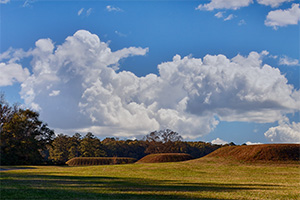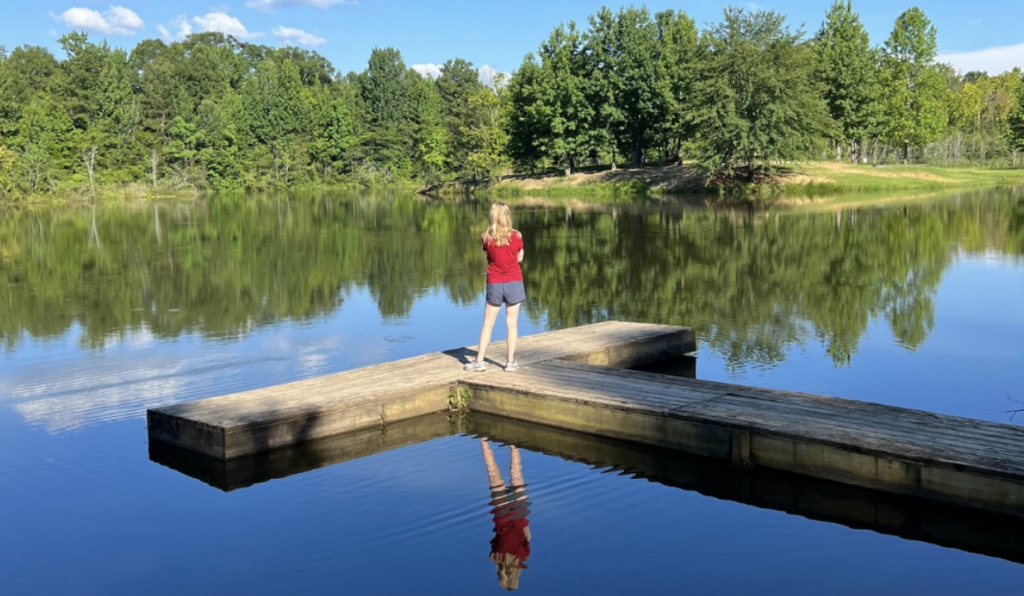Indigenous people once ruled the area around Tuscaloosa, and further south along the Black Warrior River is the ancient ruins of a once great native city. The actual name of the locale is lost, but what archeologists have found it was once one of the largest cities in North America. Dated to around 1000 AD to 1450 Ad, the Mississippian culture occupied the site and on it, they built grand mounds inside a plaza.
These mounds were used from as little as civic buildings, burial sites, to grand plots for the elites of the city to cast their homes upon. They towered above the dwellings of the common people, and the elites lived luxuriously above. The city itself rose from a simple port to a cultural and political capital of the native lands. The city would rise to be the second largest mound city, right behind Cahokia in Illinois. Sadly, the grandeur of the impressive city would fall. European settlers would colonize and eventually the site would be found abandoned. It wasn’t until the 1930s that the government took interest in preserving the site thanks to the Civilian Conservation Corps.
The ruins became open to the public in 1939 and would change to be called the Moundville Archeological Park by 1991. Today, you drive from Tuscaloosa towards the sleepy community of Moundville and find the park. Once there you’ll find the open field of the former great plaza and the grass-covered mounds still towering above. The University of Alabama currently runs the museum on site and provides a wonderful collection of preserved pieces of the lost culture. You’re welcome to explore and hike around the site, even climb to the top of the tallest remaining mound.
The ruins have a subtle beauty to their simplicity. They look almost alien rising out of the ground above the fields, and yet you can’t help but look in awe. To think of what was once a bustling hub of civilization now quietly resting over the river. Head towards the river bluff for an impressive vantage point overlooking the waters as they flow towards the gulf and back to Tuscaloosa. Try and picture the excitement of all the people of the Native American cultures meeting and trading along the shore. What it must have been to be in the Chicago of mound cities. Take it in, and appreciate how both permanent and fragile our world is. These sites remain to remind us that our worlds can fade out, but there will always be ways to remember them. Go out and explore the ruins, and connect with a world time left behind.





